Why the Echidna is Australia’s Most Delightfully Different Mammal
The evolutionary marvel mates in love trains, can swim in the ocean, and even uses jazz hands as a defensive tactic.
Excerpted and adapted with permission from Platypus Matters: The Extraordinary Story of Australian Mammals by Jack Ashby. Published by The University of Chicago Press. © 2022 by Jack Ashby. All rights reserved.
Early into my first trip to Tasmania, we were driving across a friend’s farm. Passing through the furthest paddock on her property, set among a lush forest of tree ferns and huge gums, I spotted a ruddy brown ball about the size of a loaf of bread bumbling across a field. It was an echidna, and I was ecstatic. Before I could communicate what was happening, I jumped out of the moving car, vaulted the fence and ran through the wet grass. My friends stopped the car and followed.
We sat down about 5 meters (16 feet) from the animal. My not-so-subtle approach had made it tuck itself into a ball of spines, but after a minute it uncurled and continued its hunt, sticking its long snout into the ground in search of ants. After 20 minutes, by complete luck it had made its way right up to me. I have rarely been more excited than in that instant.
Different kinds of zoologists can adhere to different stereotypes, generally recognizable by their behavior. Herpers (herpetologists: those who study reptiles and amphibians), for example, tend to grab every animal they see with their hands, despite their group being the most dangerous (which is no doubt why they do it). Plenty could be said about birders, but one common habit is strolling around the countryside in neatly laundered camouflage gear and well-displayed expensive binoculars making psssshtt psssshtt psssshtt noises at bushes, which mimics a general bird alarm call and thereby causes whichever tiny brown species they want to tick off their list to zoom out from hiding in startled panic, so they only get the briefest of glimpses. Entomologists (insect people) tend to talk loudly, as their targets are rarely scared off by human sounds. I’m reliably informed that myrmecologists (a tribe of entomologists who study ants) regularly sample their study animals to see what they taste like in case it helps with identification. And mammalogists (we who study mammals) creep quietly from bush to bush, moving in tight packs to avoid creating more silhouettes than we need to, and would never conceive of unnecessarily touching a wild mammal unless we were temporarily trapping them in a survey. Except for when we’re deliberately catching them for scientific monitoring, we tend to keep our distance.
And so, when a wild echidna—of its own will—ambled up to me and rammed its face under my leg, I didn’t know quite what to do. It remains one of the most incredible wildlife experiences of my life.

Like their platypus relatives, echidnas can be described as an amalgam of familiar and unique features. They have a toothless, pointy snout like a cross between a bird and an anteater. They lay eggs like a reptile, have thick spines like a porcupine and a pouch like a marsupial. Their front feet resemble spades and their hind feet point backwards. They walk like no other creature on Earth, as if at the behest of someone who is learning how to operate a remote-controlled robot, stopping and starting and changing direction every couple of steps. The way their limbs move, held at 90 degrees from the body, is unique. In every respect, echidnas are delightful.
They are very easily spooked, and their initial response to the sound of a cracked twig, for example, is to immediately tuck their vulnerable heads and legs under their spiny bodies. This maneuver can be taken a step further by rolling up into a ball like a hedgehog. This is achieved by a layer of muscle under their skin which, when contracted, works like a drawstring, pulling their spines down over their limbs and heads and shrinking all of their extremities in toward each other under their bellies.
They have a large pompom of spikes around their short tails, and a ring of long quills around the outer edge of their round bodies and up over their shoulders. When they hunker down into these tucked-up balls, these quills effectively form a spiny skirt around the part of their body that is level with the ground, which is exactly where a predator would attempt to flip them over from, in order to get to their unprotected bellies.
If they think the threat is more certain, and if the ground underfoot isn’t too solid, they can implement a more serious defensive maneuver. They do jazz hands with all four feet and sink vertically into the ground, leaving only their dense shield of thick spines exposed at the surface (they can go even further and descend below ground in this fashion). It is an amazing trick to observe. Their long claws drill through the soil like a hand-held blender and all of a sudden they have descended through the earth at rapid speed before your very eyes, with what seems like nothing more than a shimmy.
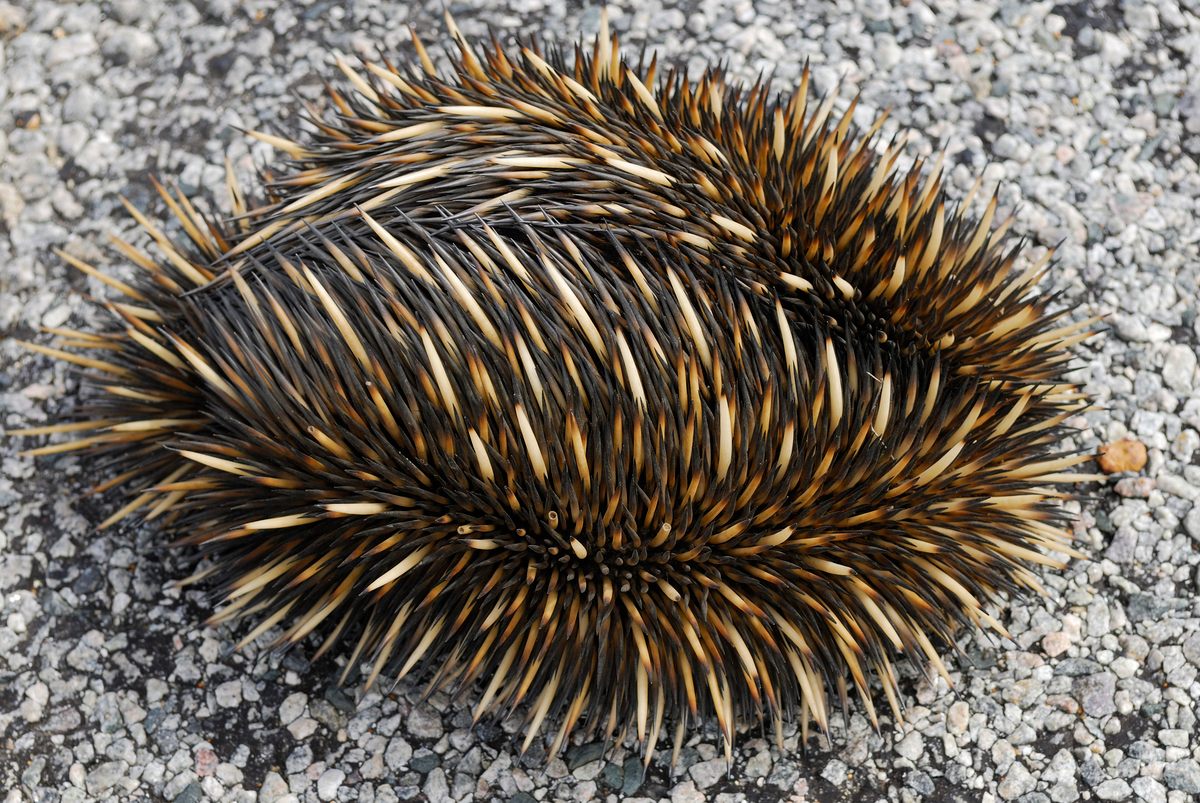
Once in this position, they clamp themselves in place by locking their claws into the soil and any plant roots and pebbles around them. When ecologists are trying to temporarily catch an echidna as part of a study—to attach tracking devices, for instance—if the echidna fixes itself into the earth like this, it is effectively impossible to pick them up. Predators will find it equally difficult. Unless they dig out each foot from where it is clamped into the soil, the solid skeleton is arranged so compactly that the strength required to lever the animal out is beyond anything that is likely to eat them. A predator’s—and an ecologist’s—only real chance of getting hold of an echidna is to grab it before it realizes there is a threat. They can also point their spines individually in different directions at will, so even if you do get them off the ground, they can still spike you. It’s fair to say that echidnas seem to be winning in their arms race with predators, and as adults they are unlikely to form a significant portion of anything’s diet.
The arrangement of their reverse-oriented hind feet, which enables these protective strategies, is quite remarkable. One or sometimes two of the toes have elongated sickle-shaped claws, which at rest curve backwards and inwards towards the midline, lying flat against the ground. Because their legs are set in a sprawling position, rather than directly underneath the body, they can twist them up, around and over their backs, so that the long claws can be used to scratch and groom in between their spines almost anywhere on their bodies. If any other animal pulled itself into that position it would surely involve some painful dislocations. Grooming is naturally difficult for spiny animals as their defenses work equally well against their own hands and mouths as they do against those of predators. The long, curved claws and reverse, sprawling orientation of their limbs is a neat adaptation for echidnas to tackle this problem.
For decades, the official count of living echidna species has been four, found in Australia and New Guinea, but which actually represent separate species, or subspecies, is currently being investigated by zoologists. At the time of writing, one species of short-beaked echidna (Tachyglossus aculeatus) and three species of long-beaked echidnas are recognized.
Long-beaked echidnas are critically endangered and exist only in remote areas of New Guinea. Short-beaked echidnas, however, are highly adaptable and live in every corner of Australia and parts of New Guinea. Measuring 30-50 centimeters (12-18 inches) long and weighing under 4 kilograms (8 pounds), they’re found from the Snowy Mountains to monsoonal savannah, from desert to rainforest, from eucalypt woodland to vine thickets, from coastal heathland to arid-zone claypans, and from sandstone escarpments to towering pine forests.

Regardless of where they live, short-beaked echidnas forage in a seemingly random way. They will walk a few steps and thrust their nose into the soil or leaf litter and appear to take a little sniff. If something catches their interest, they will ram their face even further down in search of their prey.
That first sniff suggests that smell is important in finding food, and this is backed up by the structure of their brains. Despite the fact that echidnas are consistently (and incorrectly) described as ‘primitive’, they have extraordinarily large brains for animals of their size. The part of their brain that receives information from their smell receptors—the olfactory bulb— is particularly significant in echidnas: they are the only mammals known to have folded olfactory bulbs. Folding in the brain (all the grooves and wrinkles in a human brain, for example) is a means of increasing surface area, and thereby the region’s functions. Broadly speaking, the more folded a region of a brain is, the more effective it is. Echidna brains are very good at smell.
In addition, echidna snouts are equipped with touch sensors, and—like their platypus cousins—receptors that can detect electricity. Electro-reception can only work in water, so why do they have this impressive adaptation when they live on land, including some of the driest habitats on Earth? There is evidence that echidnas, despite looking radically different, evolved from a swimming, platypus-like ancestor within the last 50 million years.
Having inherited this trait, echidnas continue to make use of it when they can. When the soil is wet enough to conduct electricity, electro-reception likely proves to be a handy additional tool for finding food, but they don’t totally rely on it. The skin of echidna snouts is also moist, so presumably they can pick up signals if they come into direct contact with prey. Stewart Nicol, a leading echidna researcher at the University of Tasmania, once sent me a video of an echidna foraging underwater. Its movements looked exactly like a foraging echidna on dry ground (except for occasionally raising its head to breathe), but it was submerged. Who knows what information it was receiving from its electro-receptors? Echidnas are also very capable swimmers, using their snout as a snorkel. Unlike platypuses, which are freshwater specialists, echidnas have been found swimming out into the ocean.
Echidnas’ preferred food is termites, which are far softer than ants, but they’ll eat whichever are prevalent in their area. Both of these groups are social insects that can be found in extraordinary numbers within their nests. Echidna forelimbs have powerful muscles and broad, strong claws for breaking into these structures. In certain parts of Australia—particularly the monsoonal woodlands of the north—termites build their nests by cementing soil particles together to withstand submersion in floodwaters. As such, the constructions are rock hard and can reach meters high and wide, but echidnas can break their way in. If termites and ants are not available in sufficient quantities, echidnas will also eat beetle larvae and other invertebrates.
Once they have found what they are searching for, they will rapidly flick their tongue in and out. An echidna tongue can reach 18 centimeters (7 inches) beyond its mouth and is covered in gluey saliva so that insect adults, eggs, and larvae in the nest all stick to it. The back of the tongue has horny pads on its surface, and as it is retracted into the mouth, the food is mushed up against corresponding pads on the palate.
This mode of relatively indiscriminate licking means that they end up eating a lot of soil and nest debris, which gives echidnas very distinctive droppings. They come out in long, dense cylindrical tubes, like a cigar made entirely from fine-grained earth. When you break them open, they reveal thousands of crushed insect exoskeletons, particularly when found in areas where the echidnas chiefly target ants.
Despite the abundance of their preferred food, it is low in energy, and echidnas have a low metabolism as a result—possibly the lowest of any mammal. This comes with a very long life of perhaps 30 to 50 years. They don’t start breeding until they are five or six—and echidna reproduction is a fascinating story, resulting in babies known as puggles.
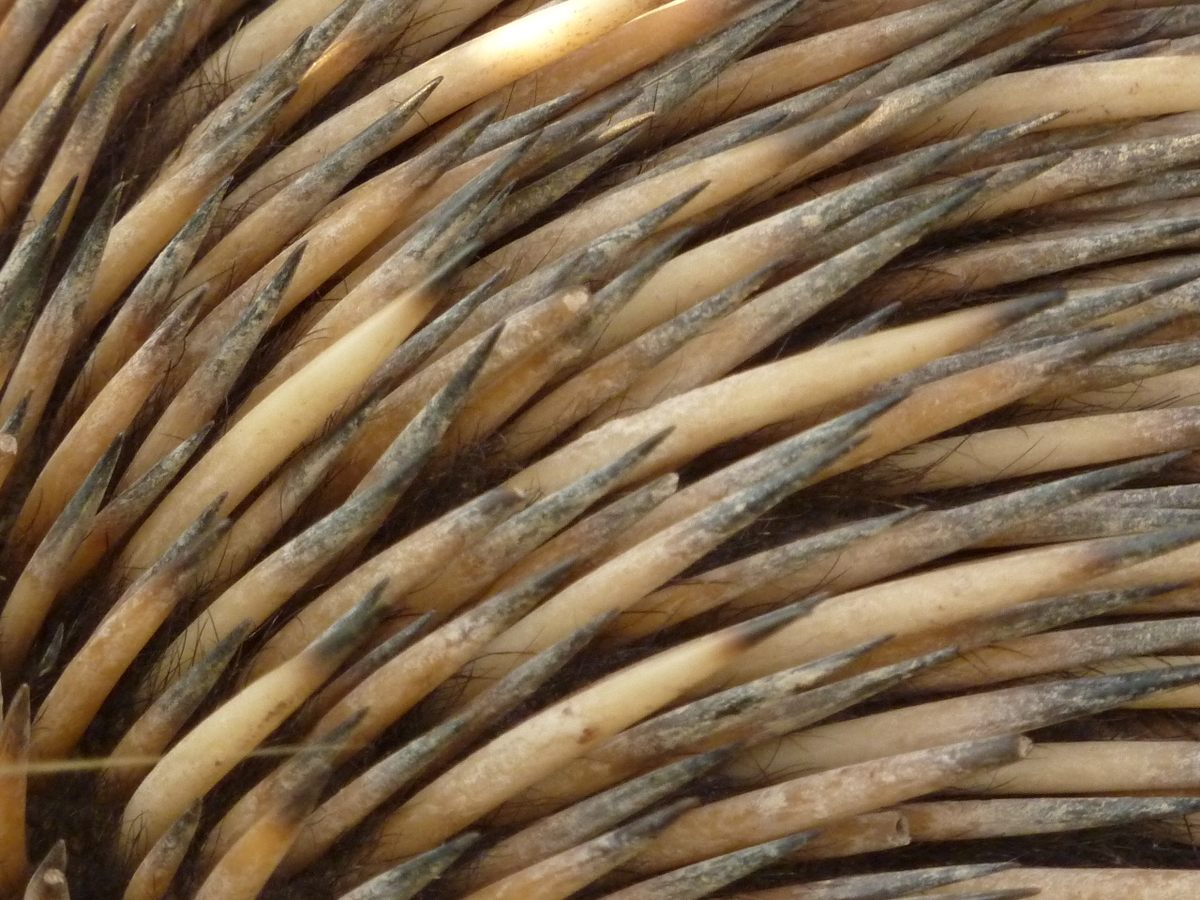
An old joke about spiky animals goes, ‘How do hedgehogs mate?’ ‘Very carefully,’ is the answer. For echidnas, if the female is receptive, she will lie flat on her belly. The male digs, clearing a space under her tail in order to allow himself room to position his lower body beneath her. Adopting a sitting position behind her, possibly steadying himself with his forelegs on her back, he lifts her tail with his hindlegs and brings their cloacas together below her body.
Puggle-production is not always quite that simple, however, as during the breeding season females can attract multiple males at once, who follow her around single file, more or less nose to tail, in what are known as ‘echidna trains’. The convoy can last for well over a month. When the female finally becomes receptive, she is likely to mate with several males, so there is evolutionary pressure on the males to increase their chances of being the one to father the single egg that the female lays. This has led to echidnas producing a very large volume of sperm. In addition, it has been found that echidna sperm move in ‘bundles’, which is believed to increase the efficiency of their swimming as they race to reach the egg, a bit like a cycling peloton.
About 21 days later, a single egg is laid, or very rarely two, and placed in the muscular pouch that develops in the female’s abdomen during the breeding season. The egg hatches after around 10 days, when the puggle is about 1.5 centimeters (½ inch) long, and weighs just half a gram. Nevertheless, it will have well-developed forelegs, with claws that allow it to grip onto hairs in the pouch.
After about seven weeks, the puggle will have outgrown the pouch and started to develop spines. At this point, the female leaves it behind in the burrow while she heads out to forage. As time goes on, the mother may leave the infant alone for as long as five or six days before returning to nurse it. And even then, she may only stay with it for a couple of hours at a time. The age at which they are weaned varies significantly across their range: in Tasmania it’s four to five months, while on Kangaroo Island in South Australia it’s nearer seven, but overall they tend to reach the same weight of over 1 kilogram (2 pounds) before they are left to fend for themselves.
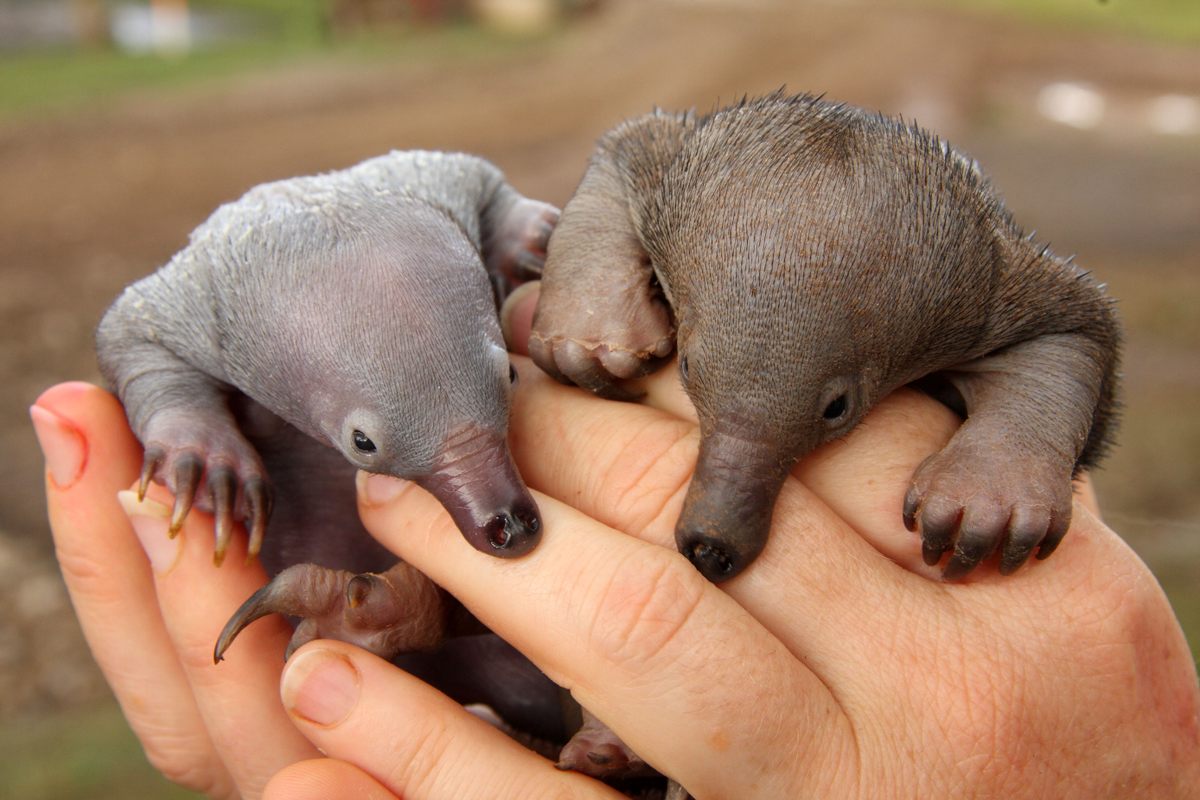
With their conical heads, significant claws and naked, pink, rotund bodies covered with deep wrinkles and dimples, puggles are some of the most remarkable baby animals out there. It’s awful, but not surprising, that a black market has developed for pet echidnas (please, do not ever entertain the idea of keeping a wild animal as a pet). They are extremely difficult to breed in captivity, so when echidnas were advertised in Southeast Asia as being ‘captive-bred’, suspicions were aroused. To uncover the fraud, scientists at the Australian Museum and Taronga Zoo in Sydney developed DNA tests and chemical analysis of their quills to establish whether the echidnas on offer had in fact been poached from the wild. I was disappointed that the ensuing newspaper headlines didn’t read, ‘Smuggled Puggles’.




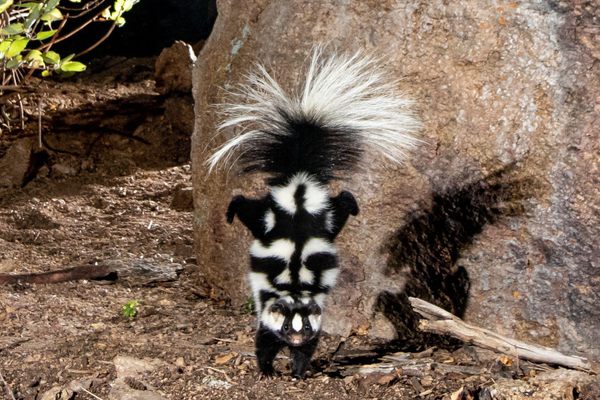
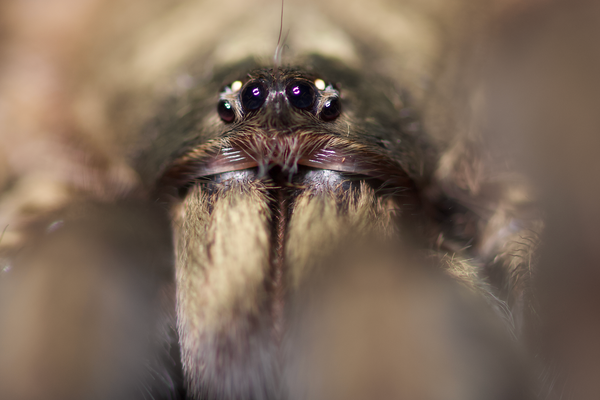






















Follow us on Twitter to get the latest on the world's hidden wonders.
Like us on Facebook to get the latest on the world's hidden wonders.
Follow us on Twitter Like us on Facebook